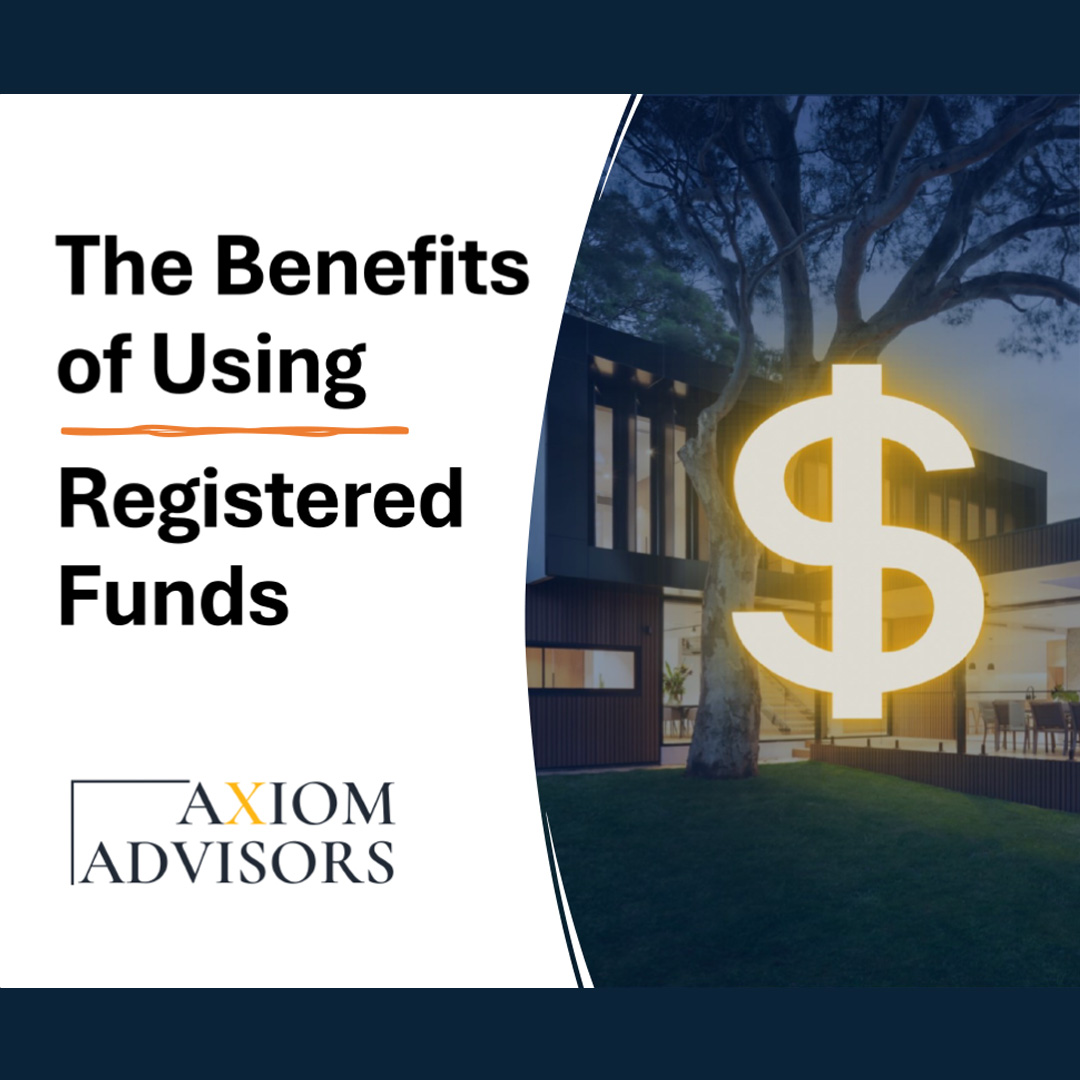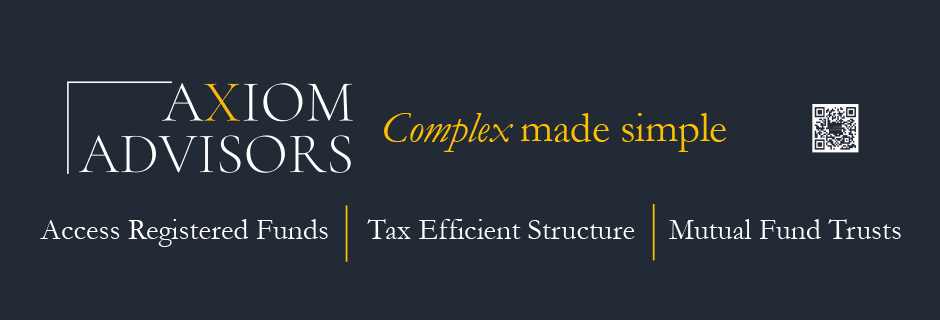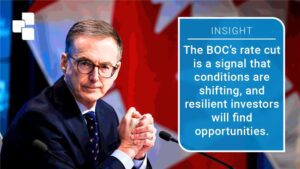Unlock the Multi-Trillion Dollar Secret

SPONSORED POST:
Unlock the Multi-Trillion Dollar Secret: How Registered Funds Can Fuel Your Real Estate Projects
Did you know there’s a massive capital pool available that many real estate developers overlook? It’s true. In Canada, Registered Retirement Savings Plans (RRSPs), Tax-Free Savings Accounts (TFSAs), and other registered funds represent a multi-trillion-dollar source of potential investment. For too long, accessing this capital for private real estate projects has felt out of reach, often limited to traditional, in-house options offered by major banks. But with the right approach, developers can unlock this powerful funding source.
The Traditional Hurdles to a Massive Capital Pool
Many investors don’t realize they can use their RRSPs, TFSAs, and other registered funds for real estate. Similarly, many developers aren’t aware of how to structure their projects to receive these funds compliantly. The traditional path often restricts registered fund investments to public market assets like stocks and bonds.
Moreover, raising capital for private real estate comes with its own complexities, especially navigating securities regulations. Developers offering investment opportunities without proper security exemptions or legal documentation risk penalties and fines. Non-compliance can also limit access to registered funds, and registered investors in non-compliant structures could face penalties. This regulatory landscape, coupled with the specific requirements for registered funds, has made this capital pool seem inaccessible to many.
The Key: Structuring for Success with Mutual Fund Trusts (MFTs)
The good news is that developers can tap into this significant capital. The key lies in using the right investment structure. Mutual Fund Trusts (MFTs) are highlighted as a tax-efficient investment vehicle specifically designed to help developers raise capital while maintaining legal compliance. Unlike traditional structures, an MFT allows you to access registered funds, providing a potentially steady stream of investor capital.

MFTs are presented as a powerful tool for several reasons:
- Access to Registered Capital: They provide access to the vast capital held in registered funds.
- Tax Efficiency: MFTs are designed for tax-optimized growth and allow investors to earn income tax-free or tax-deferred. Through flow-through tax treatment, income distributions to investors can retain their original tax character (like capital gains), potentially taxed at lower rates than regular income.
- Scalability: MFTs offer a scalable structure that allows for growth, enabling multiple projects to be housed under a single umbrella without disrupting existing ones. This makes them ideal for developers looking to expand. This is a unique feature of Axiom Advisors’ MFT.
- Risk Mitigation: A unique benefit of some MFTs is the ability to structure investments in separate ‘silos’. Each project can be in a separate silo, allowing unique investment terms for each project and means that an underperforming project does not impact the returns from other successful projects within the same MFT, protecting investor capital.
Navigating the Requirements: The 150 Investor Rule and Compliance
To qualify as a Mutual Fund Trust and remain compliant with CRA regulations, there’s a crucial requirement: an MFT must have at least 150 investors in a single class of units by March 31st of the following year, each contributing a minimum of $500. This threshold is essential for the trust to be considered public for tax purposes, which is necessary for investors to use their registered funds compliantly, and it is a continuous requirement that must be met for the life of the MFT.
Meeting this 150-investor rule is a common challenge for developers. Most developers neither need nor want 150 investors. However, failing to meet this threshold can block access to registered funds, potentially leading to penalties and even de-registration.
Beyond the 150-investor rule, strict compliance with both CRA and securities laws is paramount.
This includes:
- Ensuring investor eligibility
- Proper tax reporting
- Adherence to all provincial and federal regulations
- Having the necessary legal documentation, such as an Offering Memorandum (OM), Term Sheet, and Subscription Agreement. Even Promissory Notes, if used, must be accompanied by a Subscription Agreement to be compliant.
Many developers unknowingly violate these laws. Building a strong foundation for investment success requires choosing the right legal structure and ensuring compliance from the start.
Connecting the Dots: Trust Companies and Exempt Market Dealers
So how do registered funds get into private real estate projects like MFTs? This is where Trust Companies play a critical role. While traditional banks limit investment options, trust companies allow investors to self-direct their registered funds into opportunities like MFTs and Public-Private-Corporations (PPCs). They act as stewards, while facilitating these direct investments.
Additionally, working with an Exempt Market Dealer (EMD) is crucial in private capital markets. EMDs ensure investor qualification, suitability, handle documentation, and help maintain regulatory compliance significantly reducing liability for developers. They play a vital role in screening investors and ensuring capital is raised in a compliant manner.
Unlocking the Potential
Registered funds represent a powerful, often untapped source of capital for real estate developers. By structuring projects correctly, typically through compliant MFTs, developers can access this multi-trillion-dollar pool, secure long-term financing and attracting a broad, stable investment base. This not only increases available capital but also improves investor confidence.
Leveraging registered funds is highlighted as one of the most efficient ways developers can raise capital. It allows investors to diversify beyond traditional assets and benefit from tax-free growth within their registered accounts.
Navigating the complexities of the 150-investor rule, CRA compliance, securities laws, and working with trust companies and EMDs, requires expertise. Partnering with experts, like Axiom Advisors, who understand how to structure investments, ensure compliance, and streamline investor processes can make accessing this valuable capital pool achievable.
By understanding and leveraging registered funds through the right structures, real estate developers can build stronger, more scalable businesses fueled by a vast and stable source of capital.
604-337-5001
Recent Blogs
From Confusion to Clarity: The 5 Steps to Confident Real Estate Investing
You’re ambitious. You’re driven. You’re juggling a busy career, maybe a family, and you know you should be making your…
Upsizing Smart: Turn A Single-Family Home Into A Duplex (And Use Your Equity To Buy Your Next Property)
By Harris Newman, Mortgage Agent L2 – EZ Mortgage Solutions Why “Upsize” Now? If you love your neighbourhood but need…
The 6 Timeless Principles Every Successful Real Estate Investor Follows
SPONSORED CONTENT: Referral Network Realty Referral Network Realty is extremely grateful to have been partnered with Keyspire for over a…
Take Aways from the Bank of Canada’s Rate Announcement
The Bank of Canada announced a quarter-point rate cut today, and while small on paper, it carries important signals…




